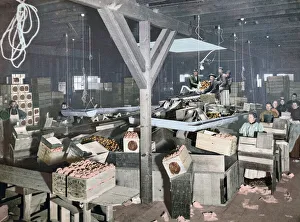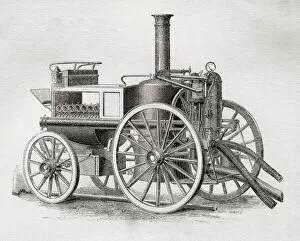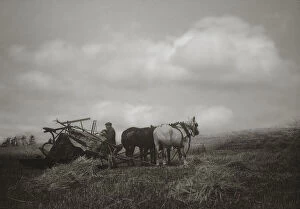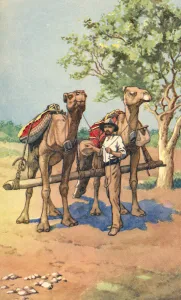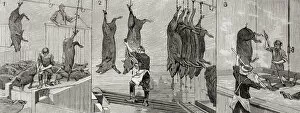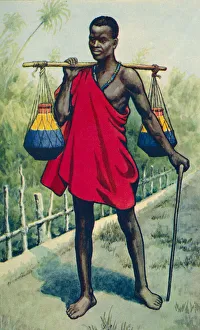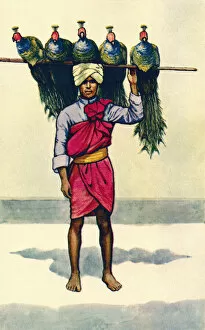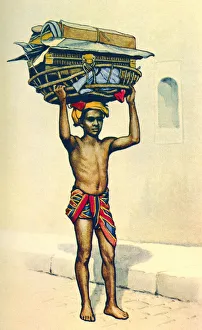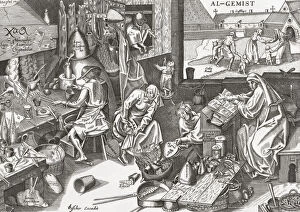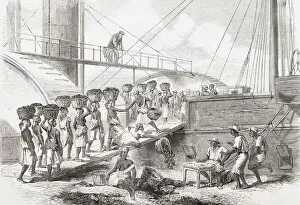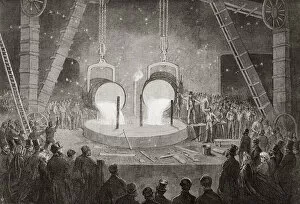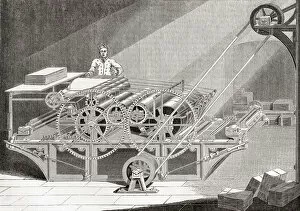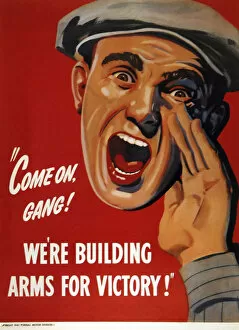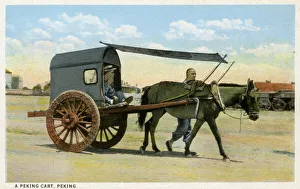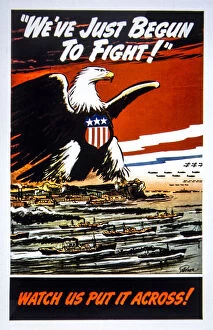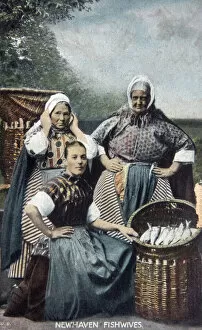Work Collection (page 100)
"Work: A Tapestry of Time and Struggle" In the spring of 1972, Ms. Magazine graced the shelves with its first issue, marking a pivotal moment in the feminist movement
All Professionally Made to Order for Quick Shipping
"Work: A Tapestry of Time and Struggle" In the spring of 1972, Ms. Magazine graced the shelves with its first issue, marking a pivotal moment in the feminist movement. As women fought for their rightful place in the workforce, this cover served as a powerful symbol of empowerment. Across the Atlantic, in Derbyshire, England, shire horses ploughed through fields with unwavering determination. Their labor spoke volumes about the resilience and dedication required to make ends meet. Meanwhile, an American Socialist poster from 1911 depicted a capitalist pyramid—a stark reminder of societal inequalities that plagued workers during that era. The struggle for fair wages and better working conditions echoed throughout history. Diego Rivera's mural at The Detroit Institute of Arts captured the essence within the automobile industry during the Great Depression. This masterpiece showcased both pride and hardship experienced by countless individuals who relied on this sector for their livelihoods. Gustave Caillebotte's painting "The Floor Planers" transported us back to 1875 Paris where manual labor was essential for progress. It highlighted how every stroke had purpose—each worker contributing to society's advancement. The Oseberg replica Viking ship reminded us that work has evolved over centuries; it represented exploration and trade routes carved out by brave sailors who risked everything for prosperity. Fast forward to more recent times—the iconic Range Rover Mk. 1 Classic became synonymous with hard work paying off—an emblematic vehicle representing success achieved through perseverance and dedication. At Butler's Wharf on pay day, workers eagerly awaited their well-earned wages—a momentary respite from daily struggles but also a reminder that financial stability remained elusive for many even then. Diego Rivera once again left his mark with a mural depicting pre-Columbian life in Mexico City—a testament to indigenous civilizations' industriousness long before modern notions emerged.


